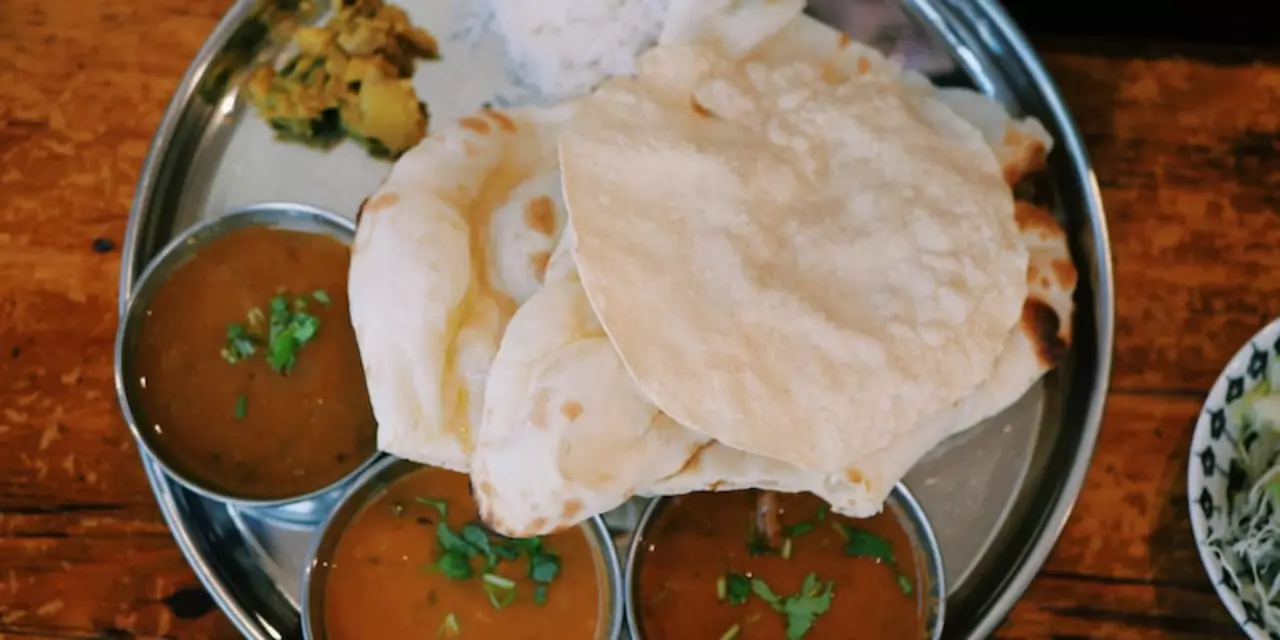Indian Cuisine: How Often Can You Eat It and Why It Works
If you love bold spices, creamy sauces, and dishes that can swing from street‑style snacks to elegant plates, Indian food probably sits high on your favorite‑list. The good news? You don’t have to wait for a special occasion to dig in. Indian cuisine is built on a mix of vegetables, legumes, grains, and spices that can be tweaked to fit a busy week or a relaxed weekend. Whether you crave a quick chickpea curry or a slow‑cooked biryani, the flavors adapt to any schedule.
Why Indian Food Is Easy to Eat Frequently
Spices like turmeric, cumin, and coriander do more than add taste—they bring health perks that make regular meals feel like a win. Turmeric’s anti‑inflammatory vibe, cumin’s digestion boost, and the fiber from lentils all help your body stay balanced. Because the base ingredients are often pantry staples, you can pull together a meal without a trip to the market. Swap paneer for tofu, or replace chicken with chickpeas, and you have endless variations that keep things fresh.
Another reason Indian dishes fit a frequent schedule is their scalability. A big pot of dal or a batch of masala sauce can last three to four meals, saving you time and reducing waste. When you store the leftovers in the fridge or freezer, reheating is quick, and the flavors often deepen, giving you a better‑tasting dish the second day around. This “cook once, eat many” approach makes Indian food a practical choice for anyone juggling work, school, or family duties.
Practical Tips for Adding More Indian Meals to Your Week
Start by stocking a small Indian pantry: dried lentils, canned tomatoes, garam masala, and a few fresh aromatics like ginger and garlic. With those basics, you can whip up a simple tomato‑based curry in under 30 minutes. Next, pick one night a week as “Indian night.” Keep it low‑stress by using ready‑to‑cook spice mixes or pre‑made naan that you toast in a pan. Pair your main with quick sides—cucumber raita, a handful of roasted peanuts, or a fresh salad with lime dressing.
If you enjoy batch cooking, try a big pot of vegetable biryani on Sunday. Layer rice, veggies, and spices, let it cool, then portion it into containers. When you need a fast lunch, just heat a scoop and add a dollop of yogurt. For a lighter option, toss cooked lentils with chopped cilantro, diced tomatoes, and a squeeze of lemon for a protein‑rich salad that works as a side or a main.
Finally, don’t be afraid to experiment with regional flavors. South Indian dishes like coconut‑based sambar or a simple dosa can bring a new texture to your menu, while North Indian paneer tikka offers a smoky, grilled feel without firing up the grill. Mixing and matching these styles keeps your meals exciting and prevents the routine feeling that sometimes sneaks in when you eat the same cuisine often.
Bottom line: Indian food is flexible enough to be an everyday favorite or an occasional treat. By keeping a few core ingredients on hand, planning a regular “Indian night,” and using batch‑cooking tricks, you can enjoy the rich, comforting flavors of India without sacrificing time or variety. Give it a try—your taste buds, and maybe even your health, will thank you.
Indian food is a type of cuisine that is popular in many parts of the world. It is comprised of various spices, vegetables, and meats. Eating Indian food is a great way to enjoy a variety of flavors and textures. Depending on individual preferences, people can eat Indian food as often as they like, whether that be a few times a month or several times a week. There are also many Indian-inspired dishes that can be prepared at home, making it easy to enjoy this type of cuisine without having to go out.
Read more





